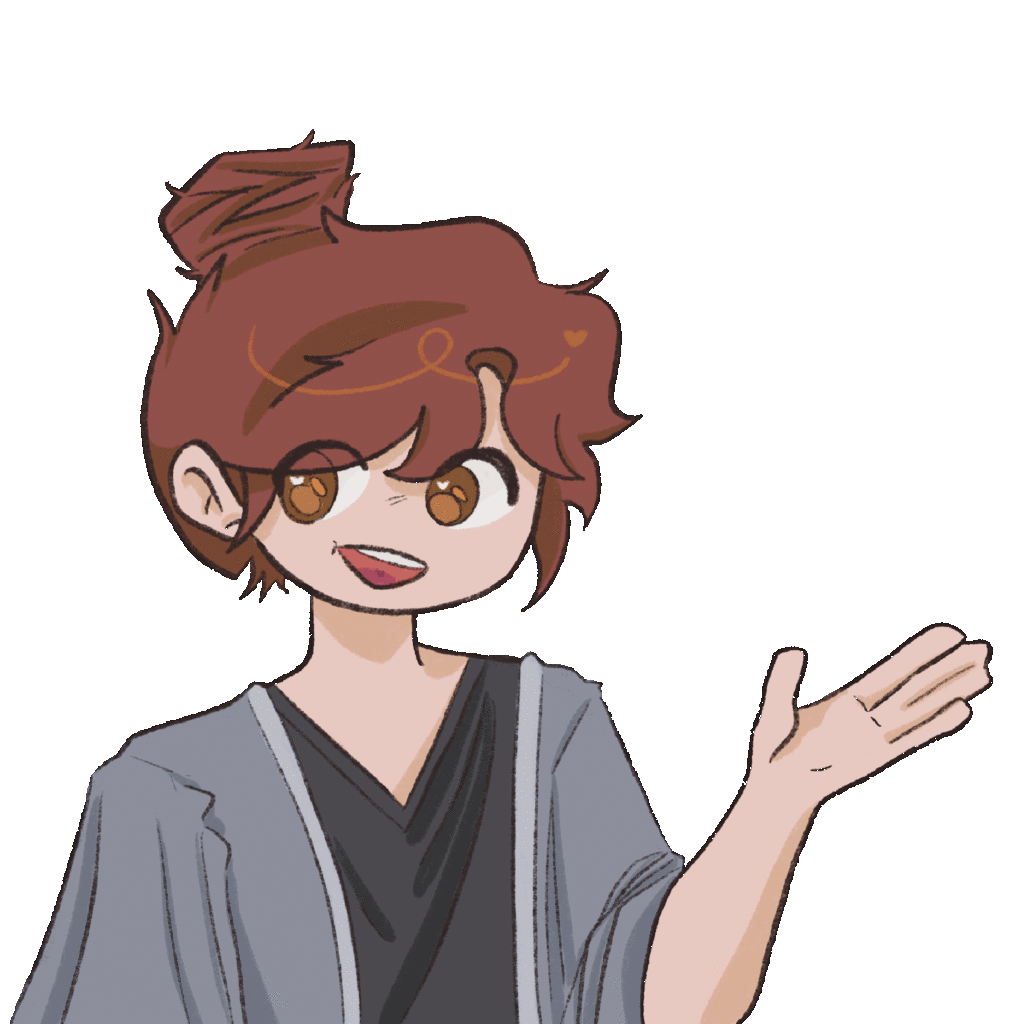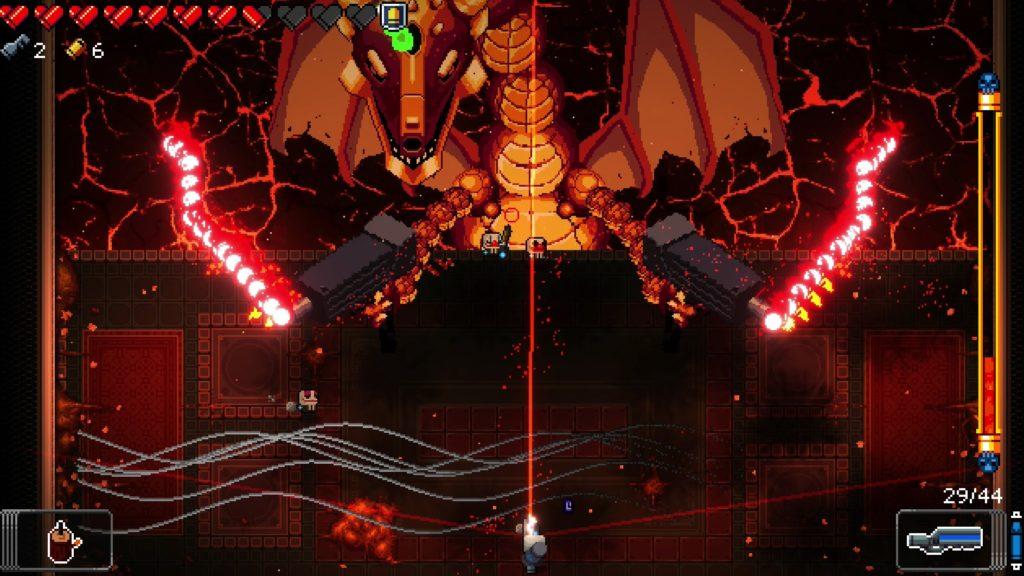The game I decided to play was Quiplash, a part of the Jackbox Party Pack platform. This judging-style party game, created by Jackbox Games, was originally founded in 1989 as an educational entertainment company called Learn Television. Today, Jackbox’s games are widely used for casual social settings, and Quiplash in particular caters to a younger audience – teenagers and college students – who enjoy quick-thinking humor, pop culture references, and improvisational play. Users can play Jackbox games on various platforms, including PC and Mac, game consoles like Xbox, and even web browsers.
From the perspective of the MDA framework: Mechanics, Dynamics, and Aesthetics, Quiplash succeeds because its mechanics are deceptively simple: players fill in the blanks to oddball prompts, then vote on their favorite answers. The dynamics emerge from the way players react to each other’s humor, strategize based on group preferences, and adapt their tone over time. The game’s primary aesthetic is fellowship – shared laughter, teasing, and moments of connection – which drives the social value of the experience.
My experience with playing Jackbox taught me a lot about the role I tend to fall into within a group. I realized that I naturally gravitate towards silly humor as a form of connection with my friends, referencing things I have seen online or funny things we have talked about before. My role in the group tended to be the “energizer.” I tried to hype people up, laugh at others’ responses, and keep the vibe positive. I realized I enjoy making people feel seen and appreciated for their humor, which translated into being an active and encouraging teammate. One friend even joked, “You laughing at all of ours is more entertaining than the actual answers.” That moment reminded me how much I enjoy making people feel seen and appreciated for their humor – even if I wasn’t the one “winning” the round.
I played with my high school friends, and I like to connect with them through telling funny stories from school or just things I have experienced. However, I realized when I was put on the spot and forced to be funny on command, I struggled. I was overthinking a lot, which made it difficult for me to make decisions. The time pressure made it harder for me to decide what to write, and the harder I tried to be funny, the less natural my responses felt. A friend even teased, “Girl, you really thought about that one for too long.” Over the course of several rounds, though, I began to adapt by studying what kinds of answers were getting the most laughs. The most successful ones? Deep-cut inside jokes – things that had happened years ago but were just specific and ridiculous enough to still be hilarious. Someone submitted our old Biology teacher as a response and we all thought it was funny because we hadn’t thought about that moment in forever.
What ended up usually winning were inside jokes from our group, but they could not be overdone. The more random the inside joke (i.e. things from years ago that most of us forgot about, such as the picture below), the more effective it was, and it could only be used 3-4 times again before it stopped being funny, so we would all be trying to dig deep into the history of our friendships with each other. I realized that the more we played, we all kind of co-adapted to this strategy without even discussing it outright, as we were all realizing that these inside jokes were what was working. I believe that this worked because the mechanics of the game made it so that the Quiplash prompts were really random, absurd, and non-generic questions that required random, absurd, non-generic answers to be funny. Further, it was not just about being objectively funny: the design of Quiplash included a voting system to determine who received more points each round, where the players competing in the game were also the ones voting for each other – this meant that you had to be funny in a way that catered to who you were playing with, rather than what would be generally deemed funny in public, or on the internet.

From this, I wonder if this would have occurred if I played with a different group of people, such as different groups of college friends who I have different dynamics with and have built more recent memories with. With my high school friends, we do not see each other very often anymore, so we often end up recalling and laughing about past memories from high school. This highlights one of Quiplash’s design flaws. When the humor becomes too reliant on shared history, newer players or those less outgoing can feel excluded or discouraged. This is where course content around formal elements like player interaction and feedback loops becomes relevant. The game encourages competition, but not collaboration, which can be alienating. A possible design critique would be to offer a “themed memory” round, where everyone contributes a short personal anecdote anonymously, and others try to guess whose it is – or respond to it in Quiplash style. This would broaden participation and offer a way for new players to enter the group’s shared comedic rhythm. Overall, playing the game helped me realize that your Quiplash experience depends largely on who you are playing with and subjective humor as its central mechanic, as different people have drastically different opinions on what is funny.
This relates to the assigned ethics question and shows a significant ethical dimension here – it is easy to feel rejected if your answer is not chosen, which over time, can lead to one disliking the game or not wanting to play it anymore. A friend said “You guys are fake for not voting for mine, it was funny!” Even though we laughed it off, the sting of losing was real. That being said, Quiplash does a good job of anonymizing submissions before voting, which helps reduce bias and interpersonal drama – cleverly mitigating some of the social risks baked into its competitive format. One way game designers could design the game differently to reduce the level of social rejection is by reducing the amount of one on one competition and comparison, which happens during each round of Quiplash. For instance, they can compare three players’ answers at a time, rather than just two.
In terms of player responsibility, it’s complicated. Are players responsible for avoiding games that might hurt their feelings? To an extent, yes, self-awareness is important. But the burden shouldn’t fall entirely on individual players. Games are social artifacts, and their design either amplifies or mitigates emotional risk. It’s unfair to expect players to constantly opt out of fun to protect themselves. Instead, responsibility should be shared: players should look out for each other (hyping up quiet voices, encouraging different humor styles), and designers should anticipate these moments by offering alternate mechanics that reduce the sting of loss.



